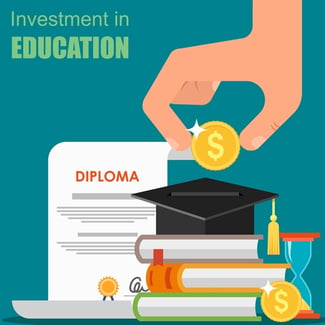Student Loans 101
Understand the basics of financing a college education

Worried about not being able to save enough money for your child’s college education? You have options! After grant and scholarship opportunities are exhausted, several loan options are still available for students (and their parents).
"There generally is a hierarchy of student loans that one should consider,” says Russ Daniel, Senior Vice President for Retail Lending at Independent Bank. The hierarchy order starts with subsidized federal student loans, then nonsubsidized federal student loans, and finally private lending options.
Here’s a look at each loan type and how to get started:
Subsidized federal student loans – Sometimes referred to as Direct Stafford Loans, these are only available to undergraduate students who have financial need. You don’t have to pay interest—nor does interest accrue on the loan—until after you graduate.
Nonsubsidized federal student loans – These are available to undergraduates and those in graduate or professional degree programs. They are not based on financial need. You are charged interest from the beginning, but you don’t start paying the interest (or principal) back until after you graduate.
Private lending – Student loans are available from a variety of lenders at rates that are generally higher than federal loans. Alternative financing, such as a home equity line of credit (HELOC), may also be a possibility.
Start by filling out a Free Application for Federal Student Aid (FAFSA) at Studentaid.ed.gov/sa/fafsa. Submit the completed application to the college you’ll be attending. The school will then calculate what federal loans you could receive.
More information on federal student loans is available at Studentaid.ed.gov. Check for other private student loan information here.
